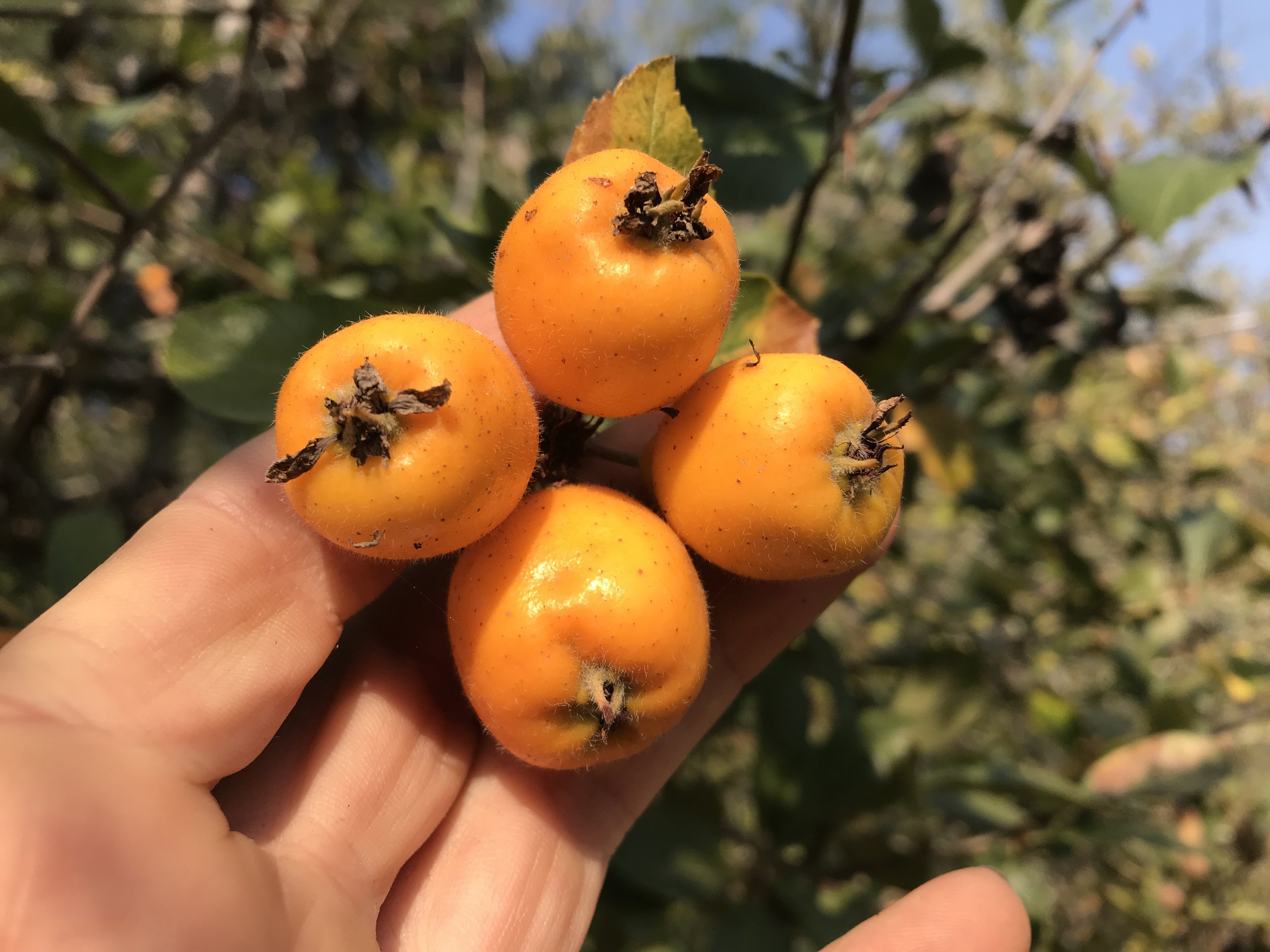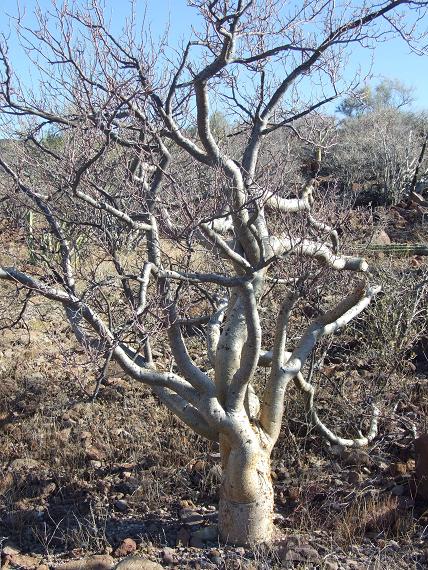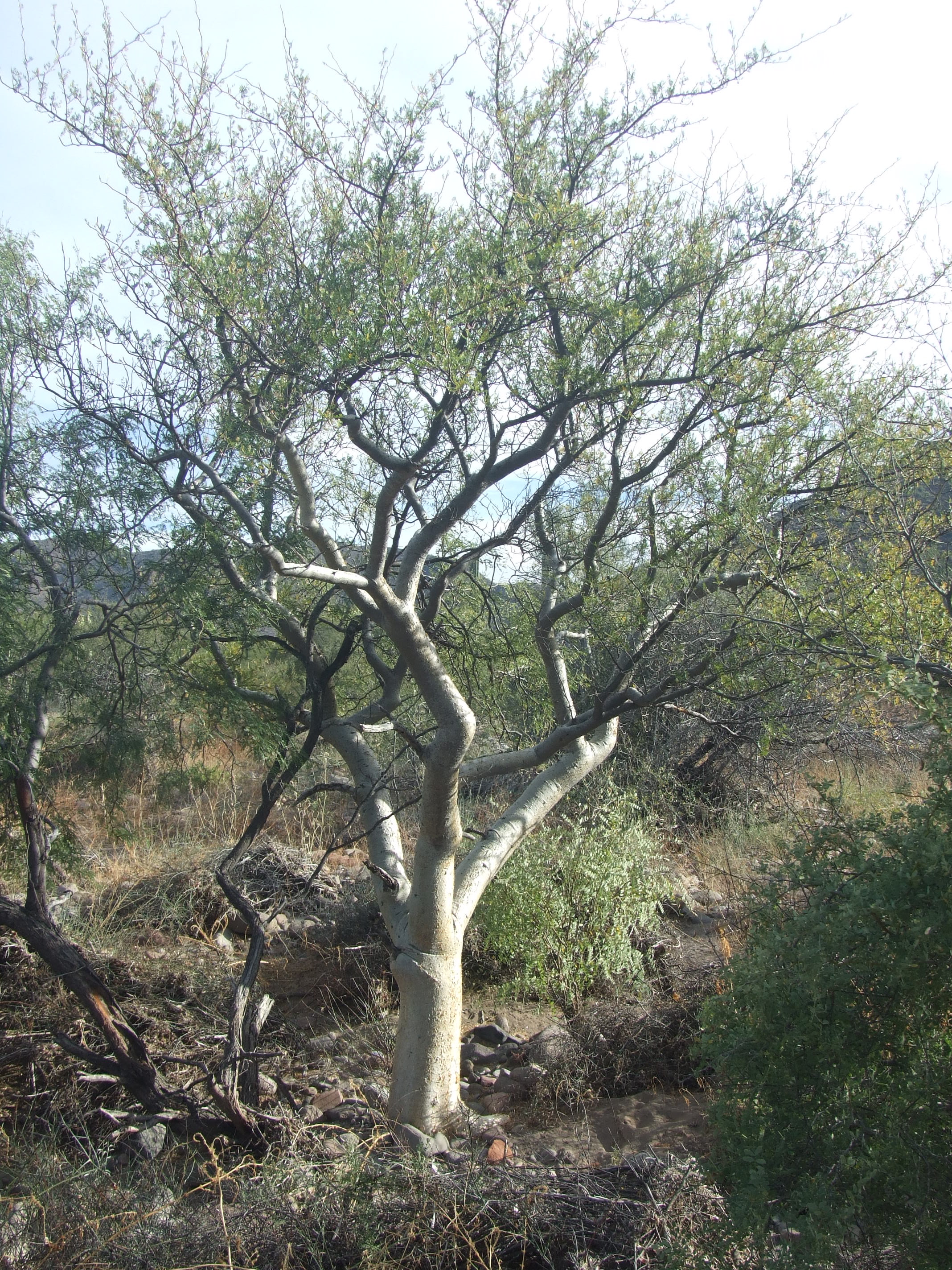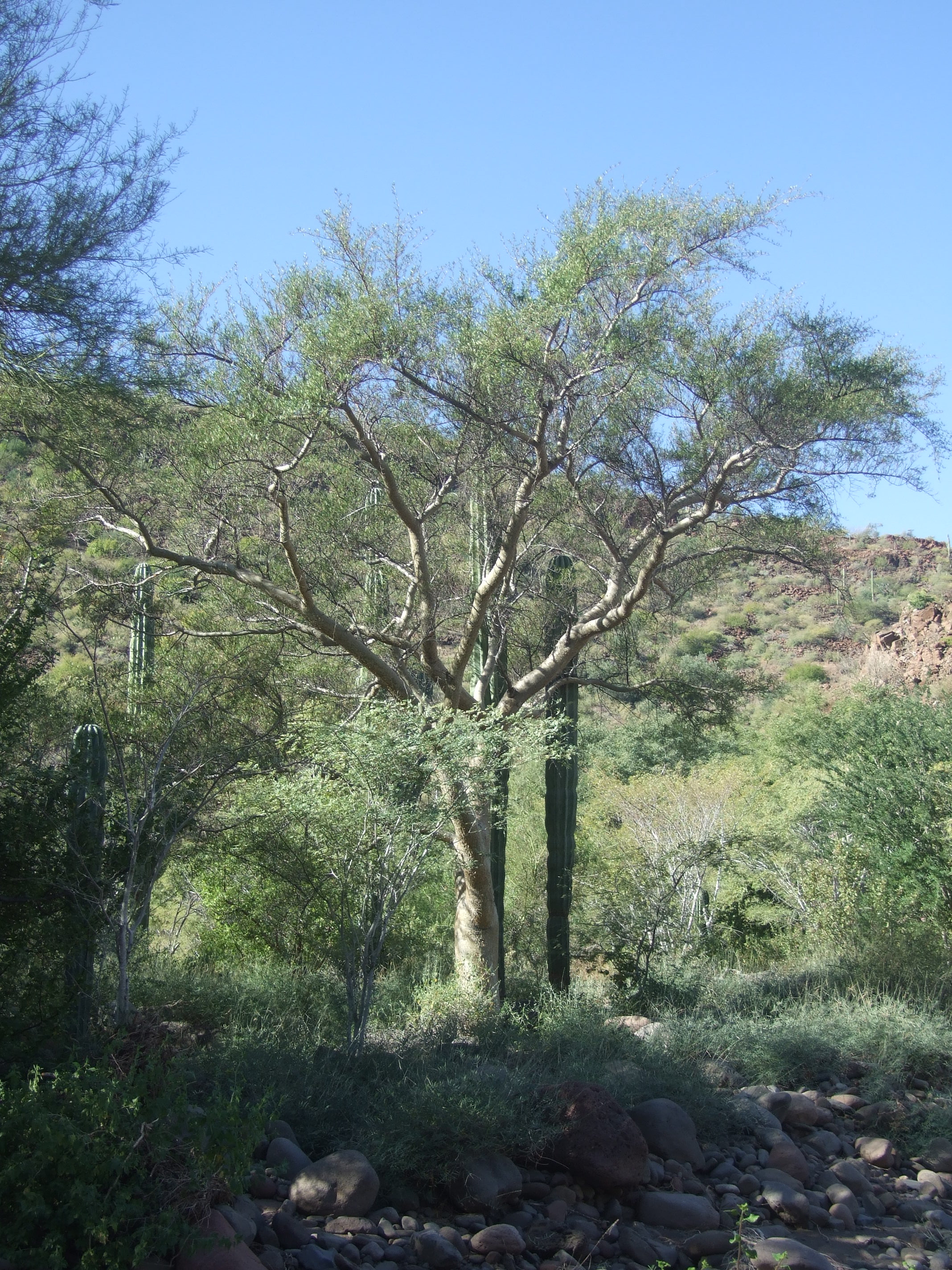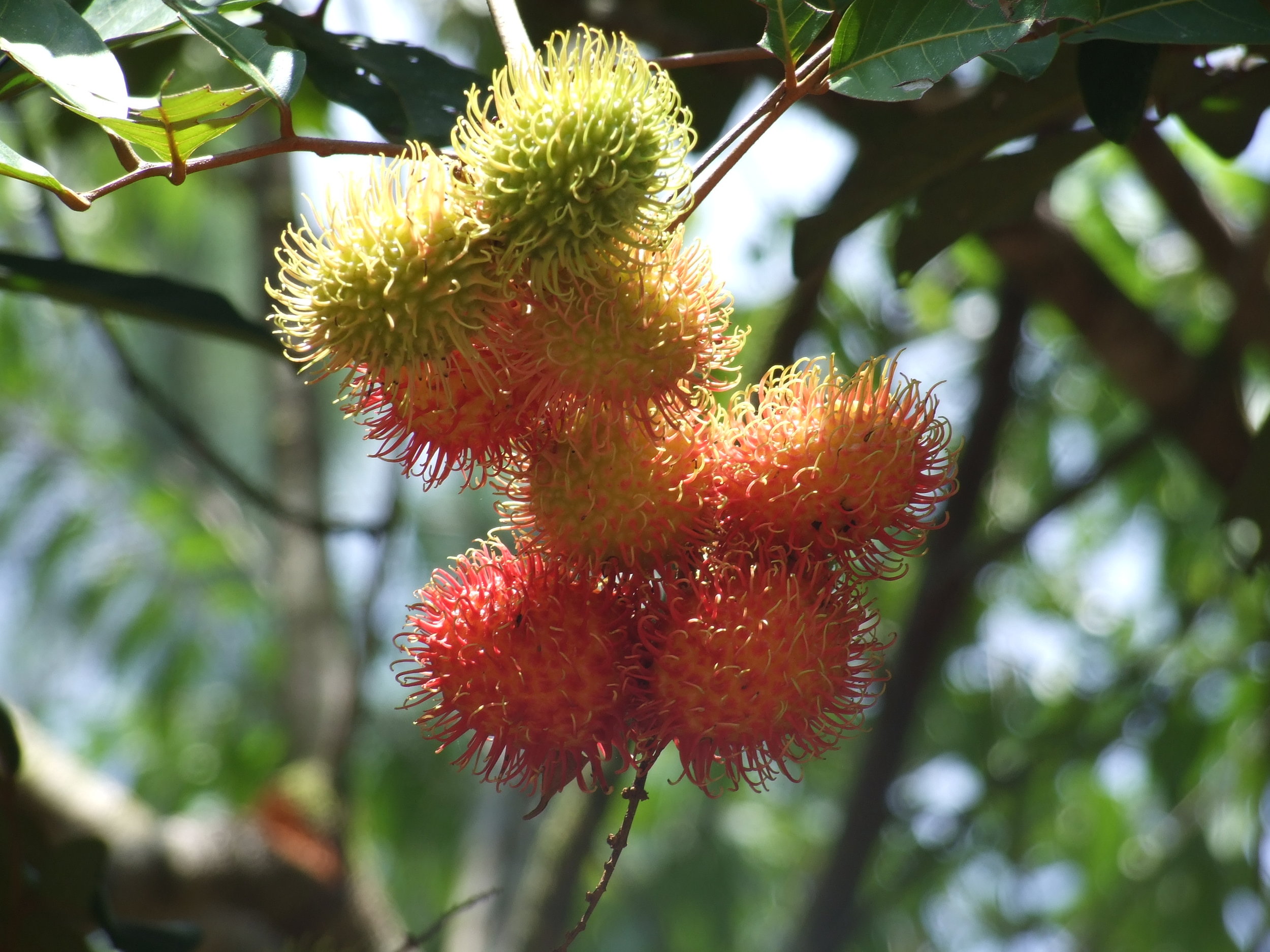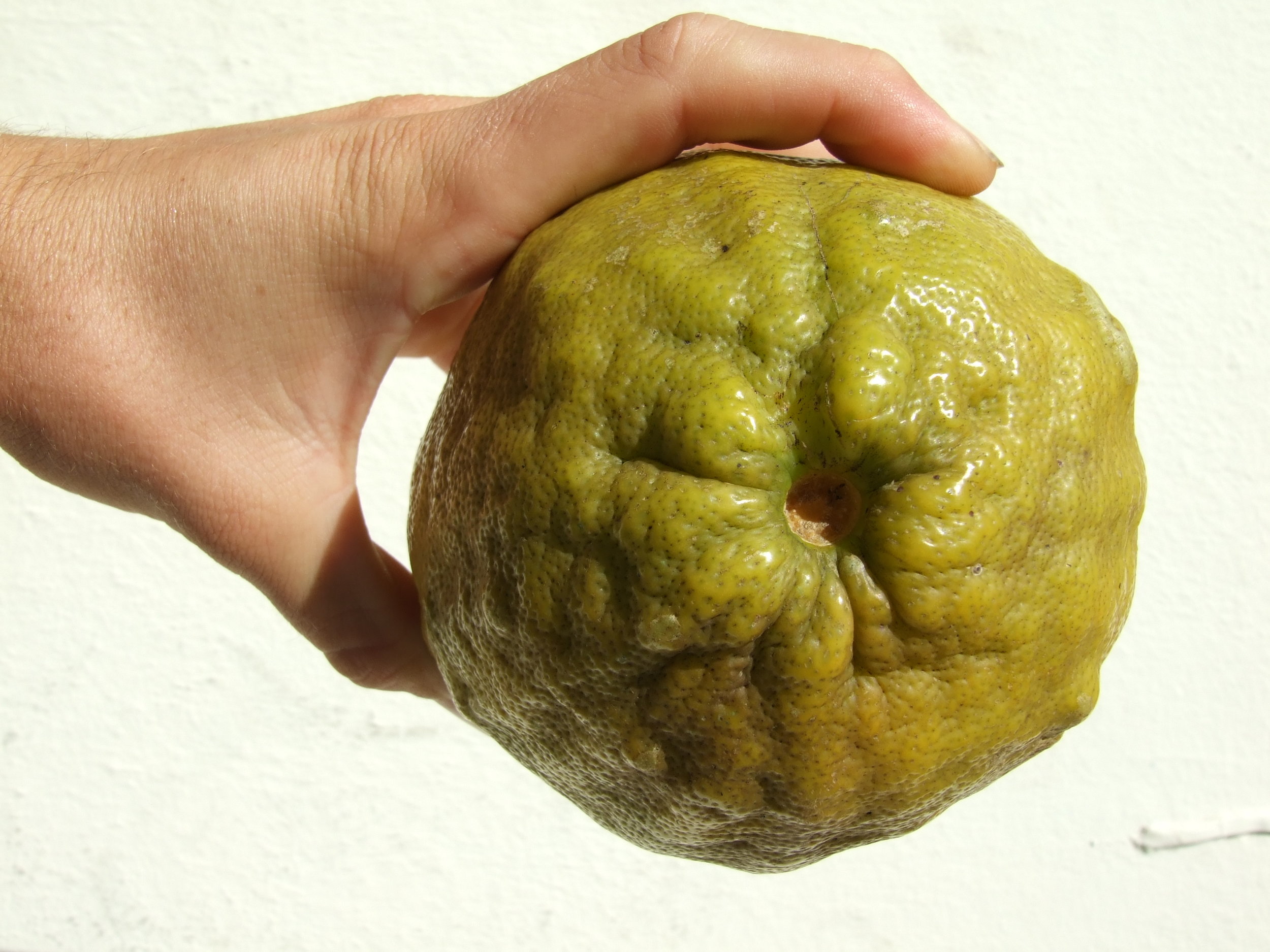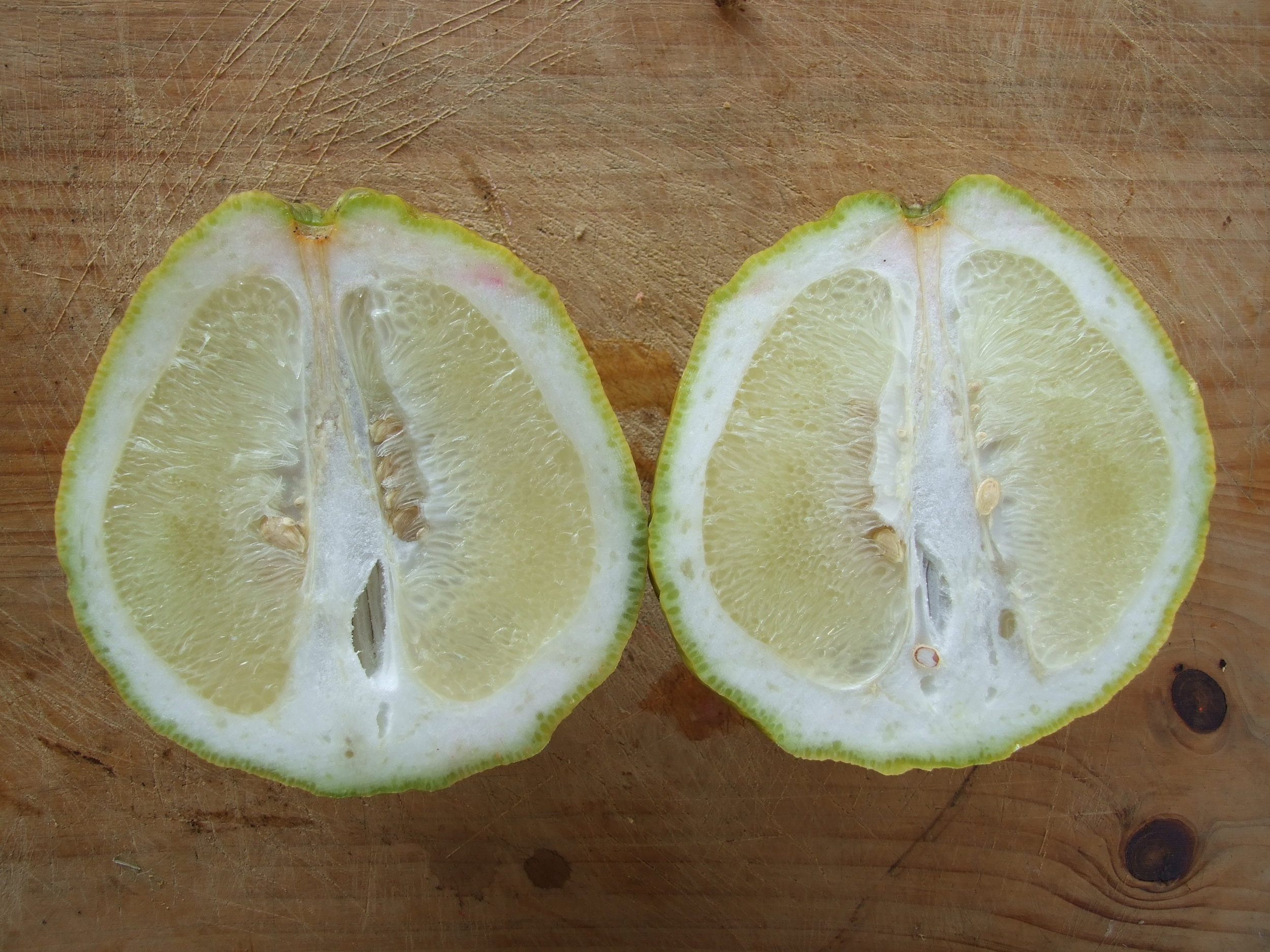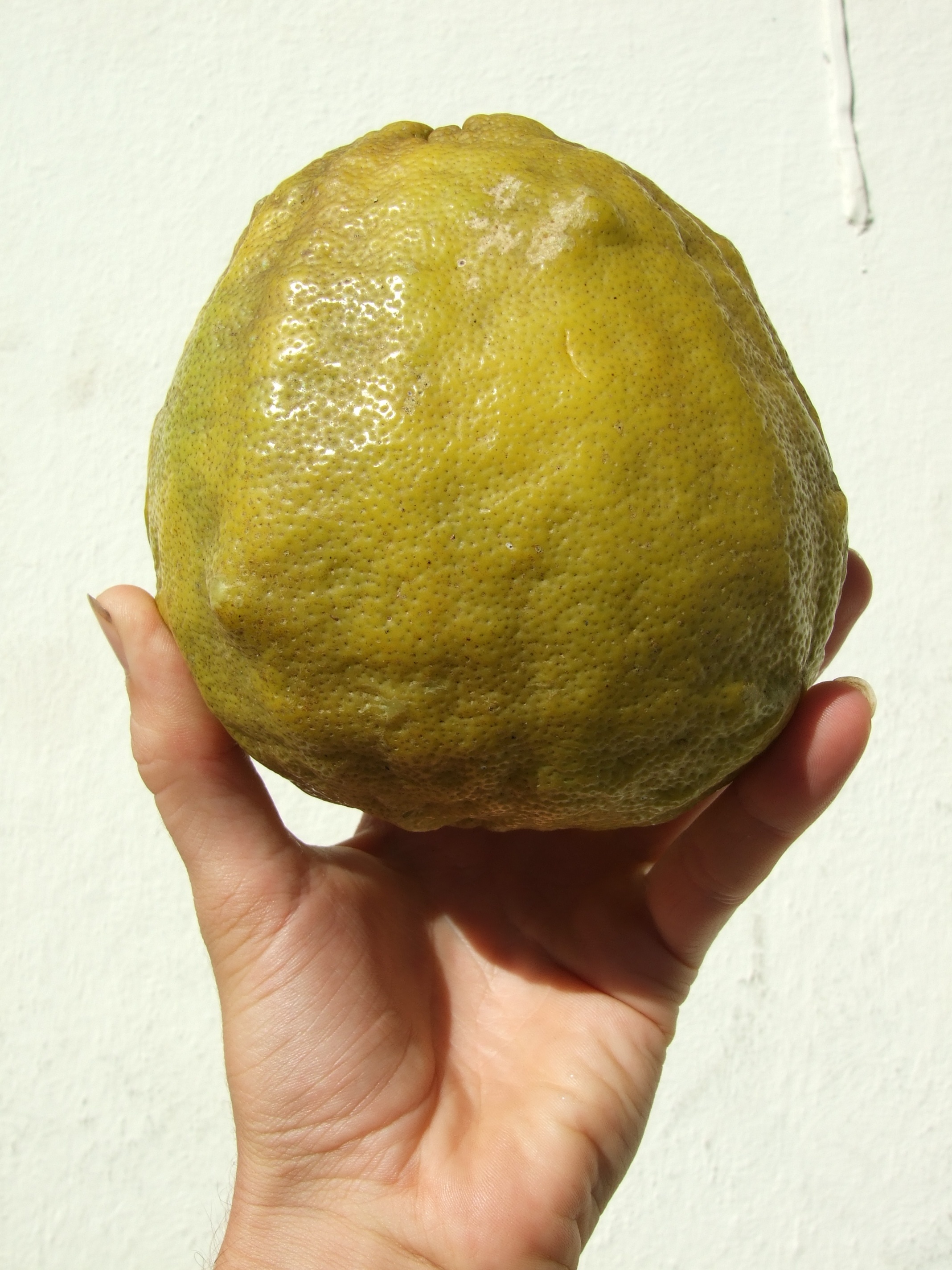OVERVIEW, ORIGIN AND DISTRIBUTION
Elaeagnus pungens is a species of flowering plant in the family Elaeagnaceae, known by the common names Nawashiro-gumi thorny olive, spiny oleaster and silverthorn; also by the family name "oleaster". It is native to Asia, including China and Japan. Today it is widely spread throughout temperate and mediterranean regions of the world. Primarily this plant seems to be used as a ornamental shrub used in landscaping. However, the Elaeagnus genus deserves more attention in agroforestry and sustainable agriculture in general for their nitrogen fixing properties, edible berries and seeds and promising medicinal properties.
USES AND ETHNOBOTANY
It was also used to abandoned mining sites in Kentucky and other areas.
Seed (Dry weight)
0 Calories per 100g
Water : 0%
Protein: 42.2g; Fat: 23.1g; Carbohydrate: 0g; Fibre: 0g; Ash: 0g;
Minerals - Calcium: 0mg; Phosphorus: 0mg; Iron: 0mg; Magnesium: 0mg; Sodium: 0mg; Potassium: 0mg; Zinc: 0mg;
Vitamins - A: 0mg; Thiamine (B1): 0mg; Riboflavin (B2): 0mg; Niacin: 0mg; B6: 0mg; C: 0mg;
Reference: [ 218]
Notes:
PROPAGATION AND CULTIVATION
Freshly sewn seed should germinate freely within 4 weeks, though it may take 18 months. Stored seed can be very slow to germinate, often taking more than 18 months. A warm stratification for 4 weeks followed by 12 weeks cold stratification can help.
You can also take cuttings in the summer (June, July - August) - half-ripe wood, 7 - 10 cm, ideally with a heel
Despite its invasive potential, E. pungens is widely cultivated as a garden plant in temperate regions. It tolerates varied environmental conditions, including heat, cold, wind, coastal conditions, shade, and full sun. It is very drought-tolerant. It can grow in varied soil types, including those found at mine spoils. Numerous cultivars have been developed, especially for variegated foliage effects.

